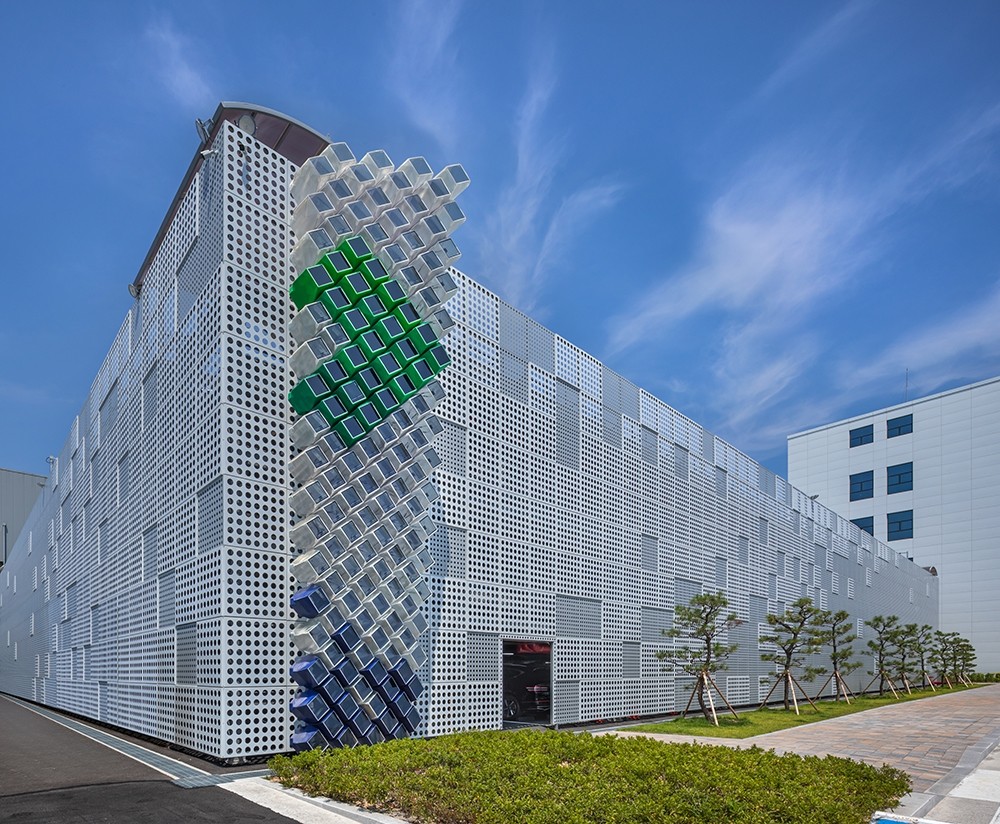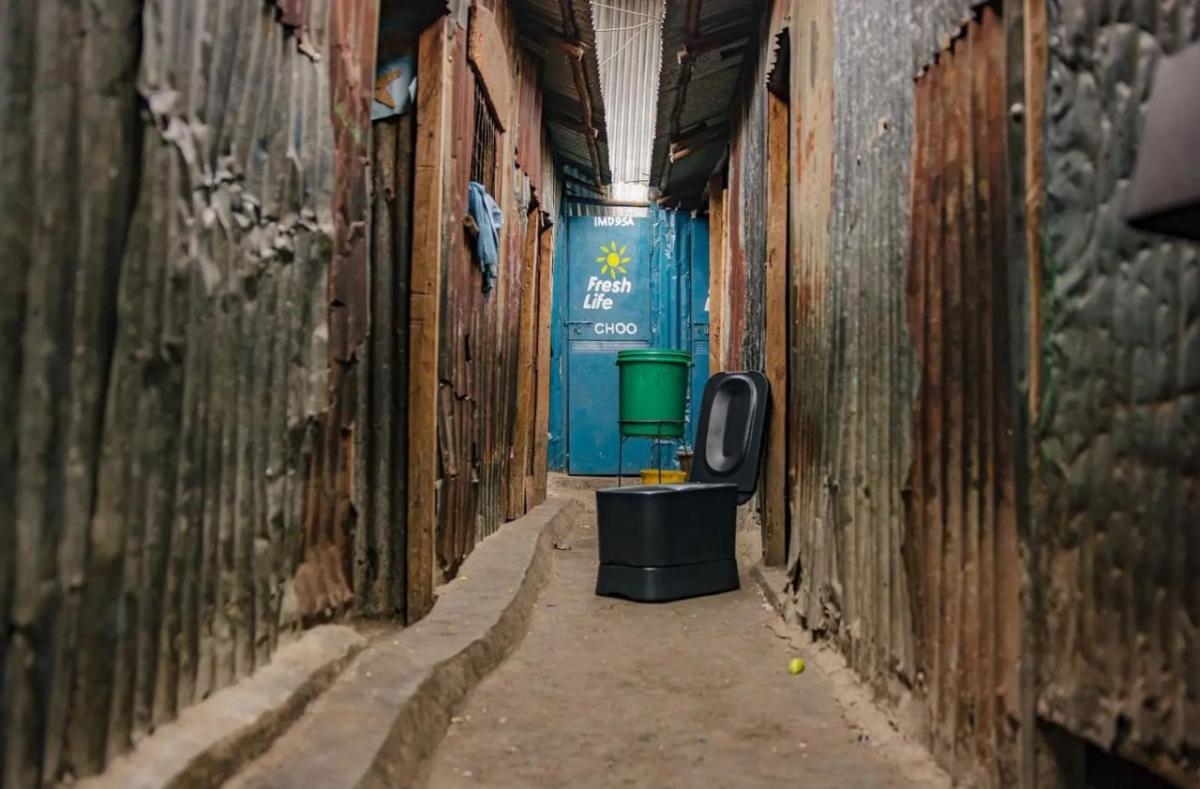As winter settles across Europe and homelessness continues to rise, a small UK charity is proving that design can be an act of compassion. Sleep Pod, a lightweight, waterproof shelter made for people sleeping rough, has quietly become one of the most impactful examples of human-centred design in recent years.
Compact, insulated, and easy to assemble, each Pod costs around £30 to produce, yet for someone facing a freezing night on the streets, it can mean the difference between life and death. Since launching in 2018, over 16,000 Pods have been distributed through more than 150 frontline charities across the UK and Europe, all free of charge.
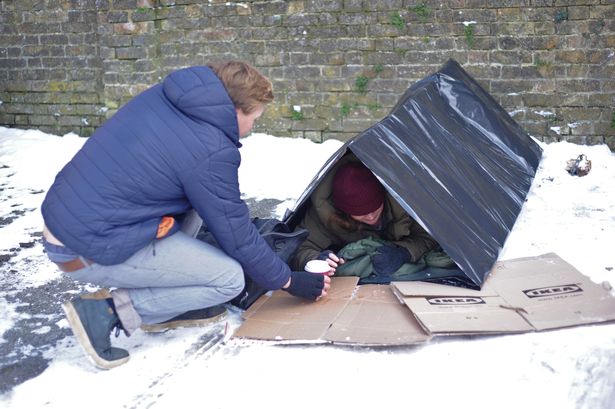
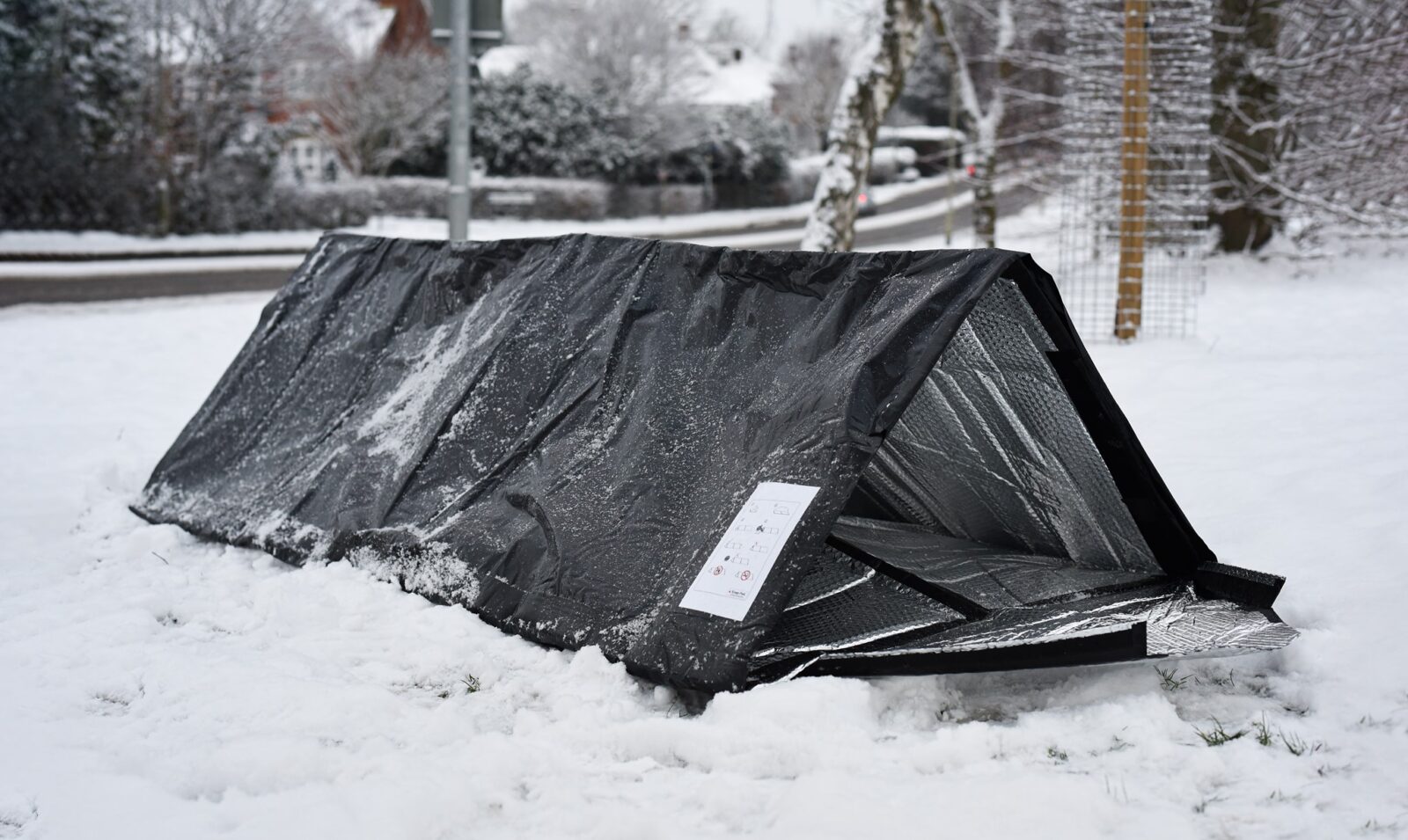

“Sleep Pod was born out of compassion,” says co-founder and designer Ian Ashby. “We saw people suffering through cold nights and wanted to create something practical that could help right away. It’s a simple idea, but it saves lives.”
The idea first took shape after Ashby worked in a refugee camp. The experience, he explains, sparked a clear goal: to create something that would keep people warm and dry while remaining simple, affordable, and portable. The design process began with that fundamental brief: warmth above all, and quickly turned into a study of minimal means.
“The triangle tent shape was the most obvious solution,” Ashby recalls. “The biggest challenge was ventilation, because the material was non-breathable. I had to find a balance — enough airflow to avoid condensation, but not so much that it made the inside cold. I experimented with silver bubble foil and bamboo poles for structure, and later added a black plastic wrap after rough sleepers told us they didn’t want to stand out in reflective silver. It also provided a tiny extra layer of insulation by trapping air between the layers.”
That balance between functionality, cost, and dignity defines the project. It is design stripped to its essence: a structure born not from formal ambition but human need. And yet, as the project grew, so did its social and systemic dimensions.
Today, Sleep Pods are primarily built in UK prisons. This partnership gives the project a steady production rhythm while providing new skills and a sense of purpose to people in custody. “The Sleep Pod’s production process, spanning community builds, corporate events, and prisons, embodies collaboration and compassion,” Ashby explains. “It connects people from all walks of life in a shared act of care, turning the Pod into a symbol of dignity, unity, and practical social design.”
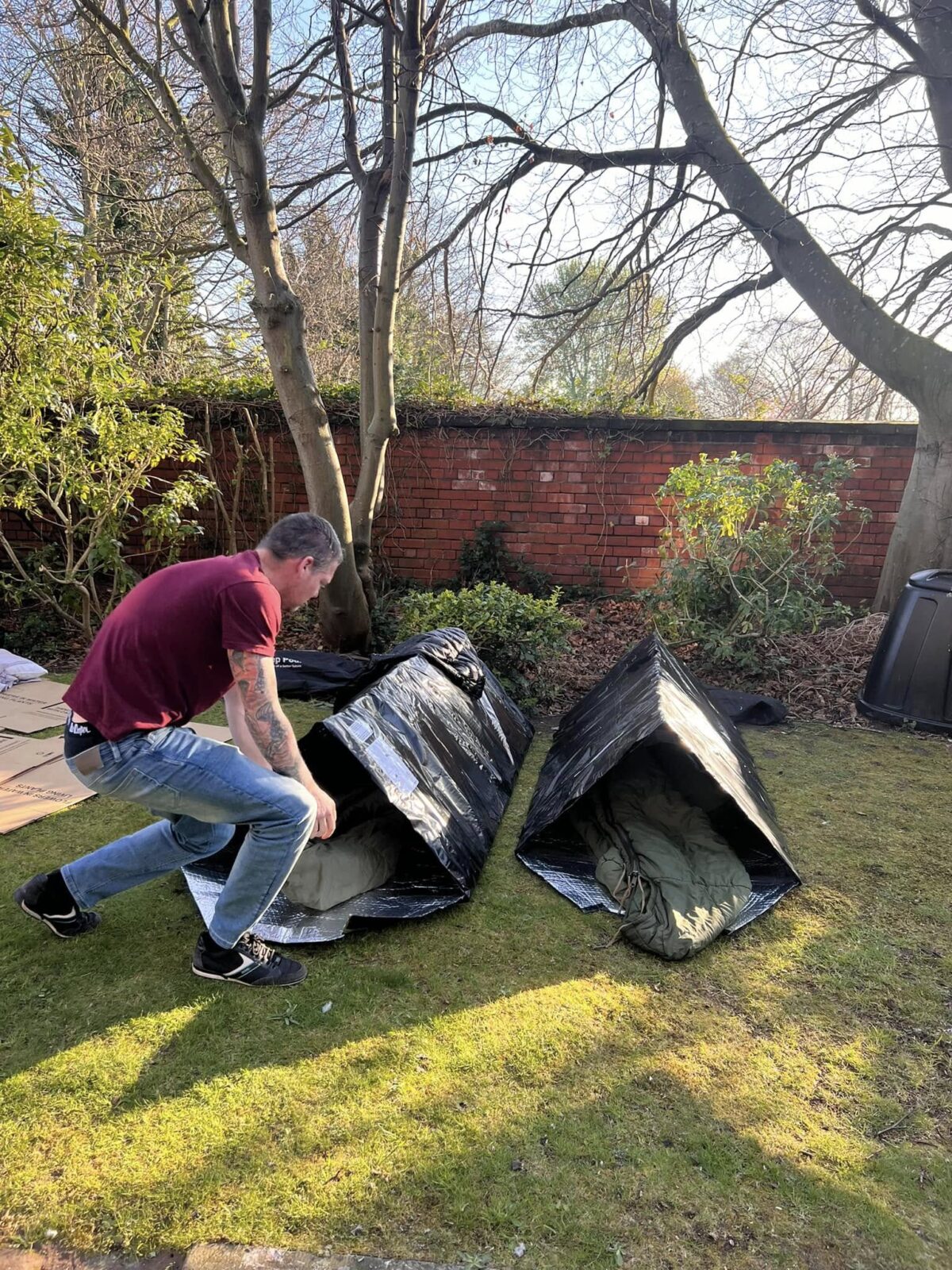
This is where Sleep Pod transcends its objecthood. It becomes a tool for connection, a physical expression of what happens when empathy enters the design process. From community workshops to prison assembly lines, the same lightweight foil and tape become symbols of inclusion and shared responsibility.
Of course, designing for emergencies also means designing under constraint. “The biggest challenge is always based around money,” Ashby says. “If we had an infinite amount of money, we could make something a hundred times better. Money has a huge impact on design, but we improve as we go, and the design keeps evolving. We’re now looking at using more sustainable materials to reduce our environmental footprint.”
Feedback plays a central role in that evolution. Rough sleepers helped shape the colour and waterproofing details, while one prison workshop came up with a small but crucial improvement: using black gaffa tape to create a gully at the entrance, making the door more watertight. “It’s these details,” Ashby adds, “that come from listening to the people who use or build it. That’s what keeps it real.”


Looking ahead, Ashby’s focus turns toward sustainability and scalability. “We’re studying how Sleep Pods are used — how many seasons they last, whether they’re returned once someone finds housing — so we can understand their lifecycle better. We also want to explore larger shelters made from similar insulating materials for refugee camps, ones that could accommodate two or more people together.”
At D5 Digital Design Week, where this year’s theme “Design Where It Matters Most” celebrates resilience and responsibility, Sleep Pod is a clear example of how design can meaningfully intervene in humanitarian crises. It proves that innovation doesn’t have to be high-tech to be transformative. Sometimes, the most powerful design solutions begin with a single intention: to keep someone warm for one more night.
Learn more or support the initiative at sleeppod.org.uk
Posted as part of D5 Digital Design Week 2025: This year’s edition spotlights “Design Where It Matters Most”, a reminder that smart design isn’t just aesthetic, it’s a lifeline. From emergency shelters to solar-powered lights, we’re looking at work that responds to real needs with creativity, care, and impact. The project featured above is a powerful example of how design can step up when it matters most, offering practical solutions without losing sight of human dignity.
photos courtesy of Sleep Pod





